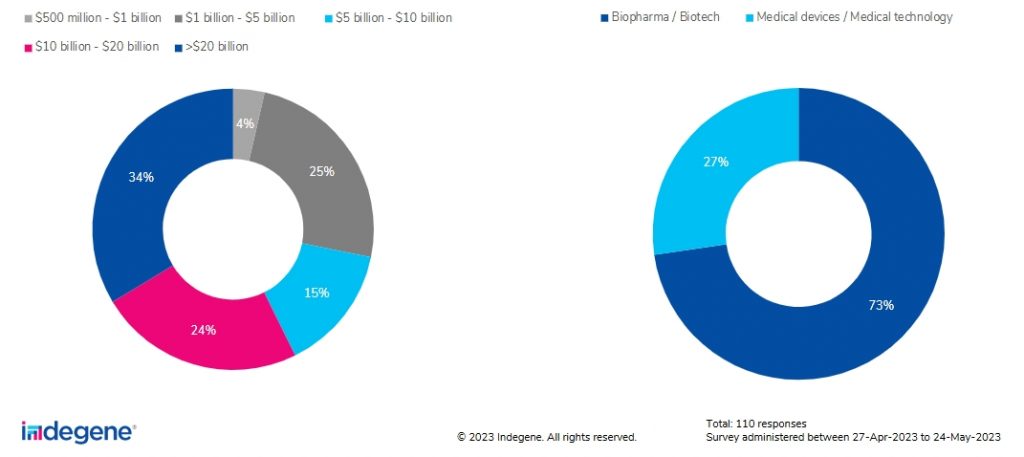Technology and Future-Readiness in Life Sciences
Navigating the Future of Life Sciences with Technology
As industries evolve, life sciences companies are striving to stay ahead by investing in and adopting transformative technologies. This report dives into the current state of technology adoption, its potential impact, and the challenges companies face in becoming future-ready.
Section 2: Key Insights from Life Sciences Leaders
Technologies with High Investment vs. High Potential Impact
- Chart/Graph 1: Comparison of technologies by Investment Level and Potential Impact
- Technologies like Cybersecurity, Workforce Productivity, Applied AI, and Cloud are receiving high investments but not necessarily recognized for their high potential.
- Blockchain, Web 3.0, Quantum Computing are seen as having low potential impact and lower investment levels.
- Call to Action: Explore detailed findings from the survey

Section 3: Technology Adoption in Life Sciences
Subheading: Current Adoption and Future Outlook
- Chart/Graph 2: Bar chart showing Adoption Rate of Technologies (e.g., Cybersecurity, AI, Cloud)
- Cybersecurity (84%) and Team Collaboration (83%) are widely adopted.
- AR, VR, Metaverse (37% scaling adoption, 34% piloting).
- Blockchain and Quantum Computing have the lowest adoption rates, with 50% of leaders not trying them.
Section 4: Challenges to Technology Adoption
Overcoming Barriers in Technology Adoption
- Chart/Graph 3: Ranking of Top Challenges in Adopting Technology
- Data Integrity (59%), Clarity on Returns (55%), and Legacy Technology (55%) pose the greatest challenges to adoption.
- Tailored solutions can help overcome these barriers and accelerate adoption.
Section 5: Sourcing and Retaining Technology Talent
Subheading: Addressing Talent Gaps in Life Sciences
- Chart/Graph 4: Breakdown of where Technology Talent is sourced from.
- Majority of technology talent comes from other life sciences companies (87%).
- Challenges: Cultural fit (60%) and team integration (55%) are primary obstacles.
- Call to Action: Read about the talent retention strategies for success
This article is posted at indegene.com

Please fill out the form to access the content

